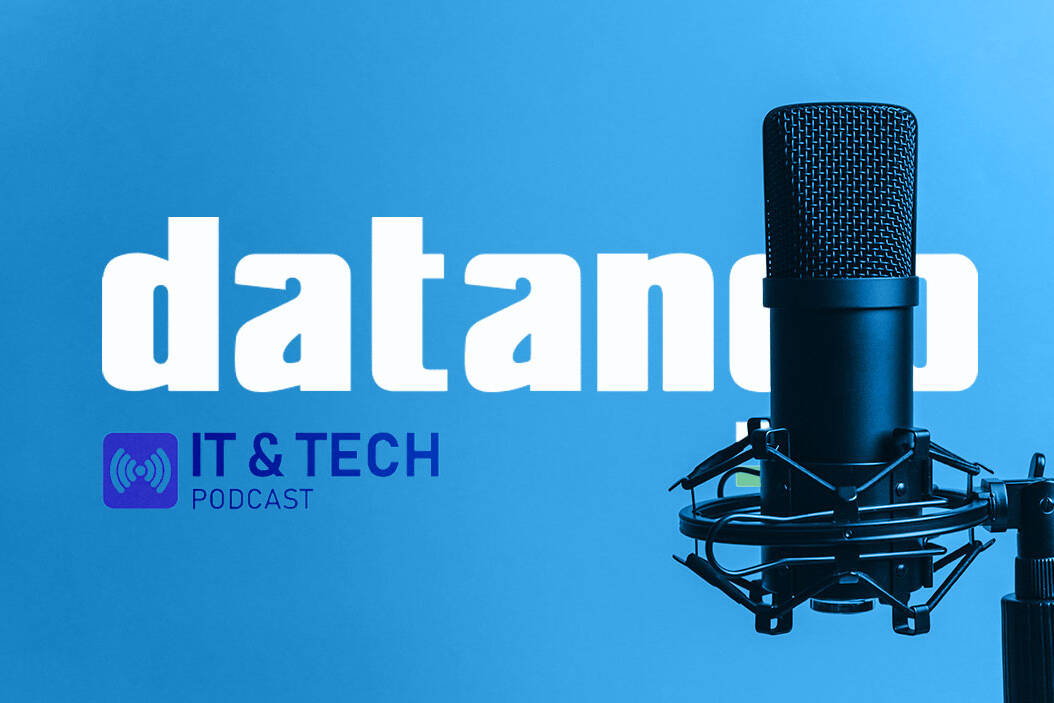Increase employee acceptance of the software rollout tool with a suitable knowledge management tool!
Do you need sound support with regard to knowledge transfer, as a software rollout with a complete replacement of old computer systems or programs with new hardware and software is imminent in your company? Then it's time to think about good knowledge management! We will give you a brief overview of what good knowledge management looks like and how you can make the software rollout a success!
Knowledge management is an umbrella term for all strategic or operational activities and management tasks that aim at the best possible handling of knowledge. This also includes internal training that strengthens the knowledge of employees using your internal knowledge.
We at datango know: Good knowledge management is essential for companies that want to grow. A successful software rollout for the introduction of new programs is a process ranging from planning to user training and support. Training in particular is often a major obstacle, as employee acceptance of software rollouts is not automatically a given. Many companies have to face up to this when new software is introduced.
User adoption software can provide a remedy. The unacceptance of employees poses major challenges for a company and its employees. A software rollout within a necessary digitalization strategy must be well planned and structured from the outset. Especially when it comes to e-learning training. Because one thing is certain: a successful software rollout stands and falls with end user acceptance!
How does efficient knowledge management work?
In order to make the software rollout effective, it pays to have a sound knowledge management system. This is because targeted knowledge management not only increases the success and efficiency of your processes, it also puts you in a stronger position in all areas of the company.
Barriers to easy implementation of digitisation strategies are, for example:
- Lack of a strategically defined approach to the project to address all impacts.
- Lack of budgets
- Fear of security risks
- Insufficient training/education
- Lack of professional resources
Knowledge management is based on various pillars. The core statements of knowledge management can be summarised in a few points:
First of all, knowledge preservation is of great importance. This means recording, documenting and managing existing knowledge. There must therefore be a tool in the software rollout in which the company's knowledge can be stored and which is available on demand at any time.
The right learning platform then makes knowledge transfer easy and structured. Making the right knowledge available is a matter of organisation. Simple access often makes complicated paths easier. Employees of the company should have easy access to knowledge regardless of time and place, even across different departments or locations.
Furthermore, it must be noted that new knowledge acquisition is most successful when employees are introduced to the new knowledge in a sustainable way. This means that knowledge must always be communicated in a comprehensible way. It must be adapted to the learner's level of knowledge and learning progress. This is the only way to ensure successful learning progress.
After all, there must be a sound strategy for knowledge development . Planning is extremely important here. Joint development of knowledge with innovative solution approaches is at best the resulting consequence.
In practice, however, the following problem often arises: there is often a lack of employee acceptance of the software rollout. There are many reasons for this. It is worth analyzing why employees are demotivated. This allows you to find the cause and, at best, counteract it.
The power of habit plays a big role. Employees have their own processes, routines and ways of working. If these are interrupted or they are forced to adopt new ways, there is little enthusiasm. Processes that have to be learned anew require a change of habits. And - to put it bluntly - nobody wants to do that. Knowledge transfer must therefore be as attractive as possible and, in the best case, even fun.
Existential crises also often arise in connection with further training, as employees may become redundant due to technical progress. Here it is up to the company itself to deal with such a situation in the best possible way so that frustration and demotivation do not arise.
Fear of the unknown also plays a role in why employees do not want to accept training.
After all, team spirit also plays a decisive role in a training course. If the majority of the company is interested in the training, the others will quickly get involved. The participants should therefore be convinced of what they are working on. They should therefore be actively involved.
Successful software rollout: What to do about employee unacceptance
There is a solution for every problem. Acceptance among employees is usually surprisingly high even with just a few small changes. First of all: As soon as you know that a software rollout is imminent, you should plan and prepare it well and, above all, communicate it! This means that you should not make an ad-hoc changeover, but rather implement everything step-by-step and ideally prepare employees for an upcoming rollout in good time.
It has also proven useful to have a personal discussion with the employees. This creates a good feeling, gives security and makes the process more personal. Intensive training and education measures in the blended learning concept even before the introduction remove uncertainties and shorten the familiarisation phase.
Another approach is user-friendliness. Processes should be as clearly structured and understandable as possible. One possibility would be to introduce test groups that test the application of a course beforehand.
Successful knowledge transfer also includes a good contact person within the company who is available to answer questions in case of doubt. This also includes good management to create a structural and corporate cultural change.
What else is helpful:
Fast onboarding
New staff members are assigned specific courses and can thus be quickly trained in processes and procedures.
Rapid availability of information
Employees from different areas get quick access to information from their own or other areas through structured knowledge management.
Innovation
Access to knowledge supports the acquisition of new competences. Competence enhancement promotes the innovative spirit of your company, e.g. by improving your product and thus increasing your competitiveness.
Low opportunity costs
Employees can access knowledge independently to solve problems. In this way, they do not seek help from other departments and are therefore not distracted from day-to-day business.
At datango, we know what challenges a successful software rollout entails. That's why we support our customers in all problems and questions. Are you planning a software rollout and would like to support it with an appropriate knowledge management tool? Then get in touch with us now:
Discover more interesting content from datango
July 10, 2025
Successful implementation of SAP S/4HANA through automated user training
Innovative e-learning tools enable companies to attract new talent efficiently and...
July 2, 2025
Performance Support live: A day in the life of a datango user
8:30 in the morning. The first cup of coffee is ready, the laptop boots up,...
June 2, 2025
From PowerPoint to interactive training - modern training rethought
PowerPoint, PDF manuals and monologue-heavy training courses - all of this belongs...




